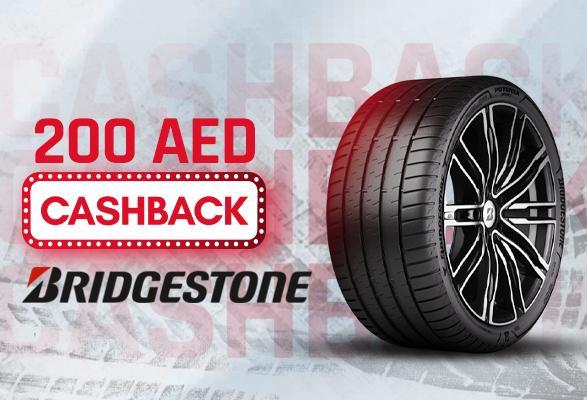Proper Disposal of Worn Out Tires
Every year more than a billion tyres are sold across the world. According to Freedonia, the world demand for tires will touch 3 billion units in 2019. Various reasons are put forward for the growing demand of tyres. Higher income in developing countries is one major factor which has spurred the growth of the tyre industry.
In terms of revenue, Bridgestone is the largest tire manufacturer. It has a revenue of $27.22 billion. In the second place is Michelin ($25.40 billion). The third and fourth positions are occupied by Goodyear ($15.37 billion) and Continental ($13.11 billion) respectively. It speaks volumes of how big the entire tyre industry is.
Now consider the fact that if 3 billion tyres are sold in 2019, what will happen to the older tyres? Are they simply thrown out or are they repaired and resold again? Given the precarious climate of Earth today, these are important questions. Tyres have a large carbon footprint and how we dispose them off needs to be taken seriously.
To tackle climate change, many manufacturers have taken initiatives to reduce wastage and produce tyres which are more environment friendly. Yet, it still does not say what happens to the older tyres when they are no longer fit for use. Keeping it in mind, this article will discuss the process of disposing your old tyres.
It will help settle some nerves and inform people where their older tyres end up. Before taking up more time, let the discussion begin.
Tire Disposal in the UAE and the World
Tire disposal is not just a commitment to the environment but also a significant business opportunity for many. Recycled tyres and the materials obtained from them can be used elsewhere. More information will be shared on this later on in the article. With regards to the UAE, there are many tyre recycling units set up.
The Centre of Waste Management in Abu Dhabi alone recycles 28 tonnes of used tyres each day. There are multiple reasons that they are recycled instead of simply being discarded into landfills. One reason is that they would take up too much space. They can trap methane gas which can cause the rupture of landfill liners. It can cause the contamination of groundwater and other unwanted impacts. Another reason is the lost business opportunities.
Recycled tyres enjoy a cordial relationship with the cement industry. The recycled tyres are used as a fuel for kilns in the cement making process. Moreover, the steel and silica content in the tyres are used as raw materials. Apart from the cement industry, the recycled tyres also play a vital role in other industries.
During the shredding process, components are extracted and then recycled differently. The recycle process varies on the end use of each component. The pure rubber granulate goes into insulating and sealing buildings through panels. The rubber power is used in the construction of roads. You might think we are joking or that the information is not factually correct.
However, it is not so! Hussain Al Mansuri, acting undersecretary of the Ministry of Infrastructure Development, in an interview with Khaleej Times said that:
"Using recycled materials in paving federal roads is not only a smart environment- friendly technique but is also in line with the sustainability standards of the country as a whole."
He further added that "We have actually used organic materials in paving the 42km-long Maleha road in the emirate of Sharjah." Tires are on the top of the list when talking about recycled materials. Interestingly, roads manufactured from recycled materials have known to be more durable and cost less.


























































Conclusion
Despite the trend in tyre recycling, more needs to be done. Apart from the business opportunities, tyres must be recycled to reduce the burden on the environment. According to the Emirates Environmental Group chairperson, Habiba Al Mar’ashi:
“Our organisation is very well aware of the issues around tyre waste. It is something that we come across every year when we conduct our Clean Up UAE campaign” she said.
“Our volunteers have found tyres discarded in all areas from beaches to remote desert areas, mountains and wadis”.
It shows that educational and awareness programs are the need of the hour. If people fail to understand the importance of recycling tyres, damage to the environment and our way of living will be catastrophic.